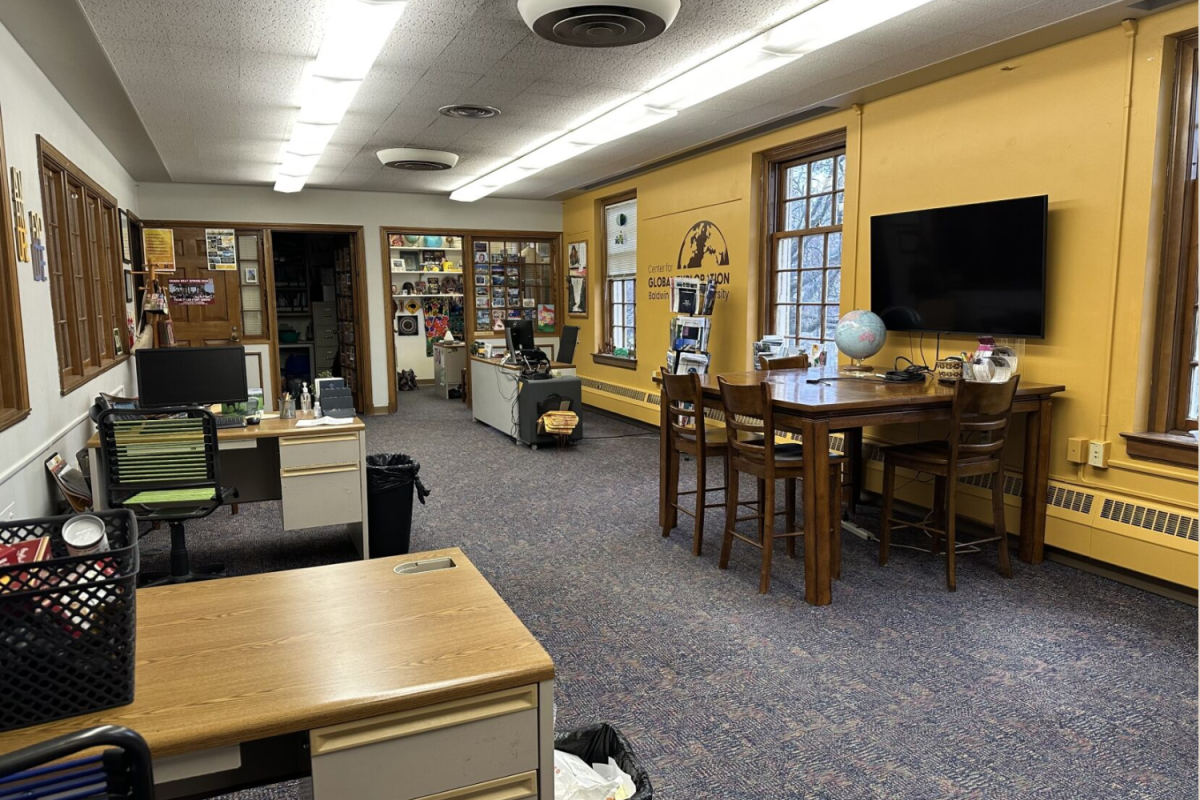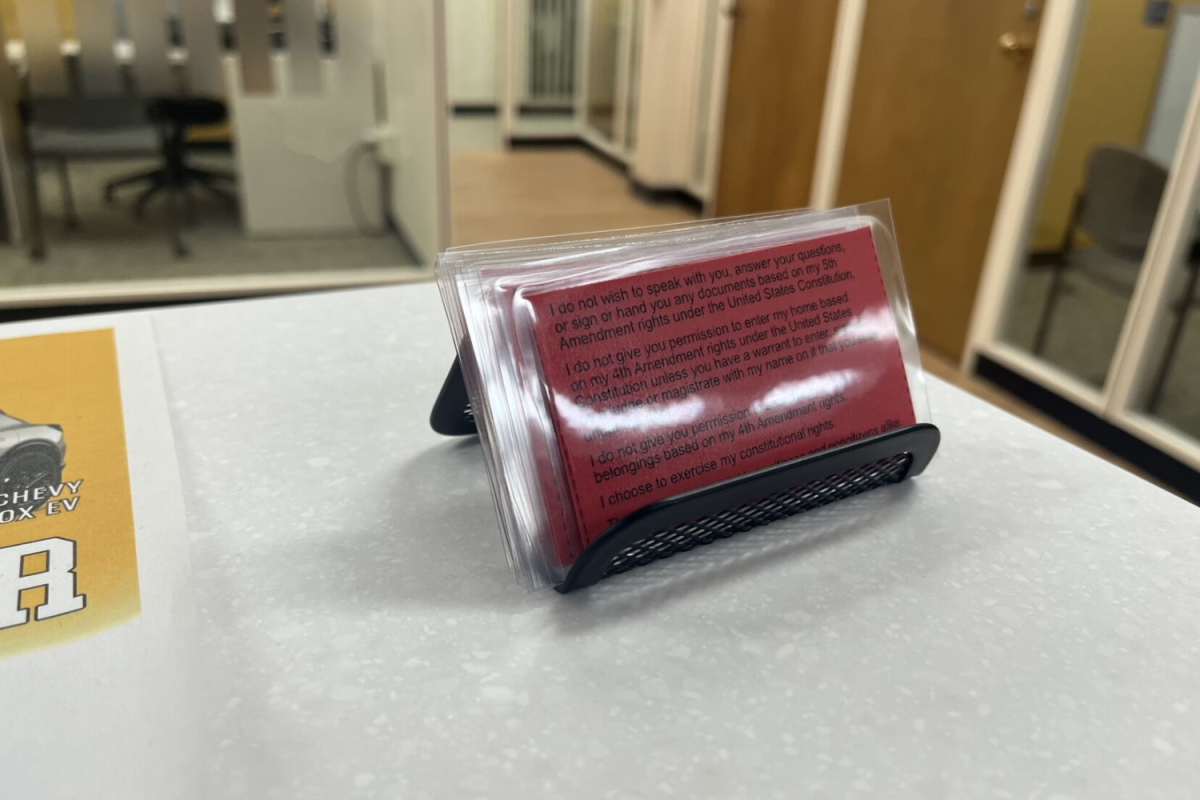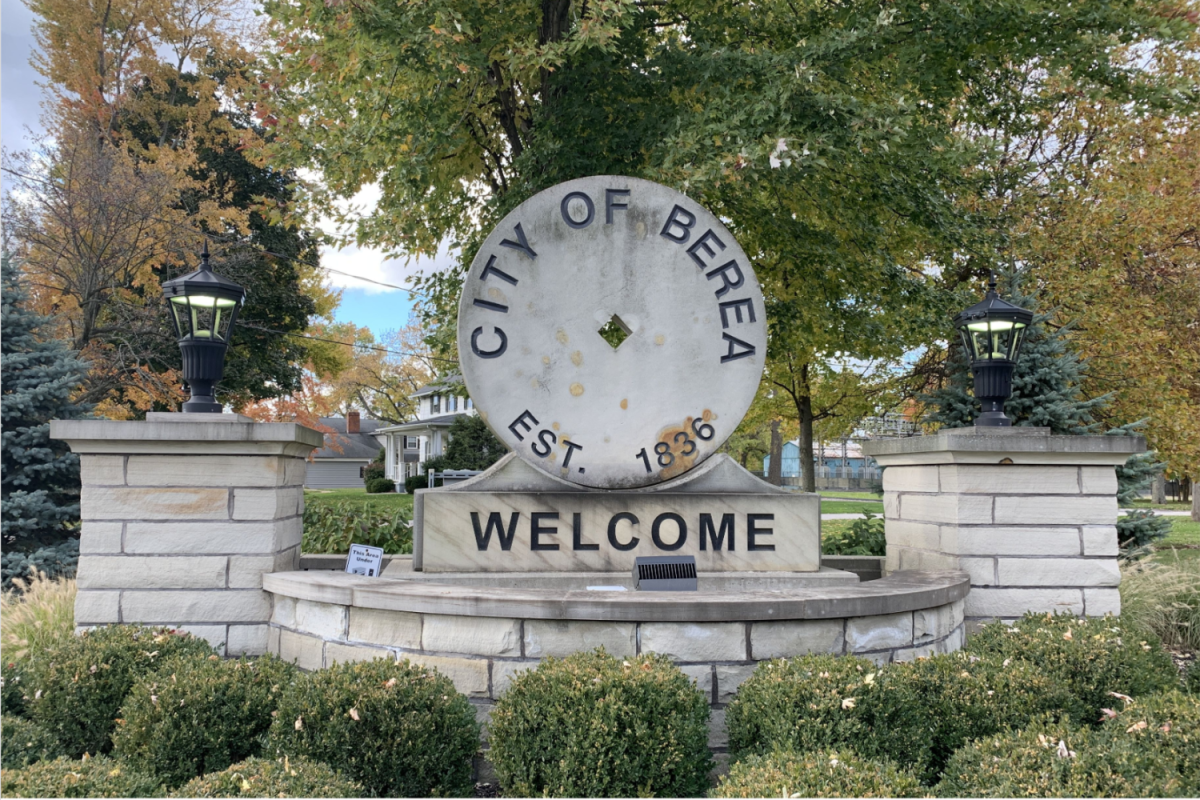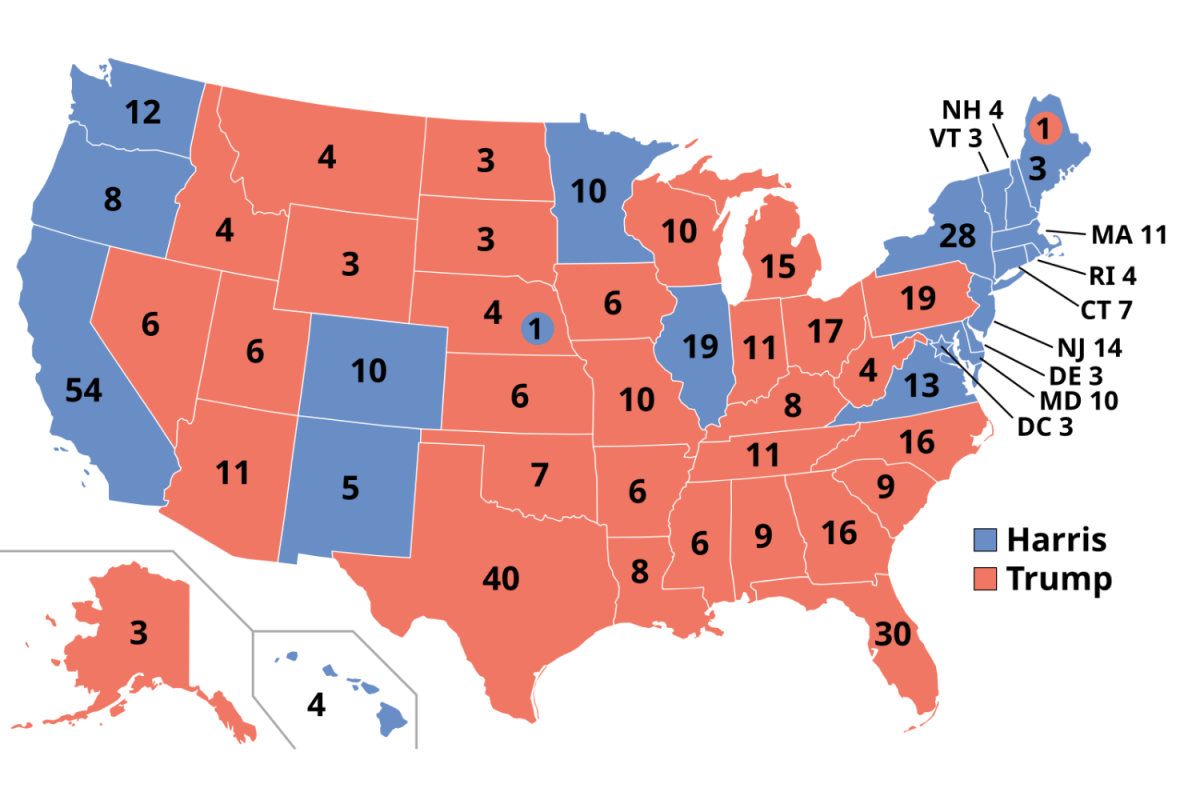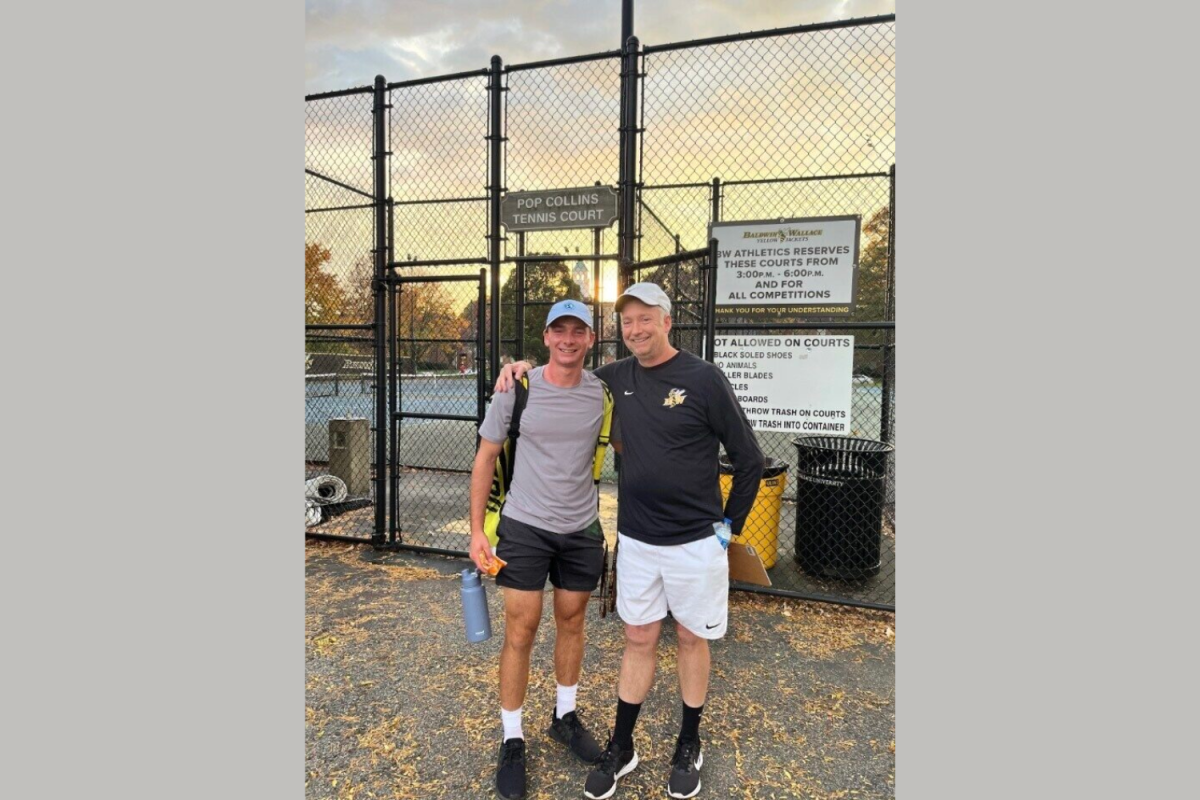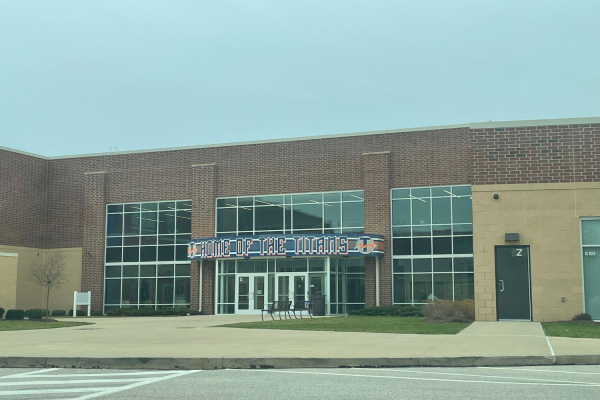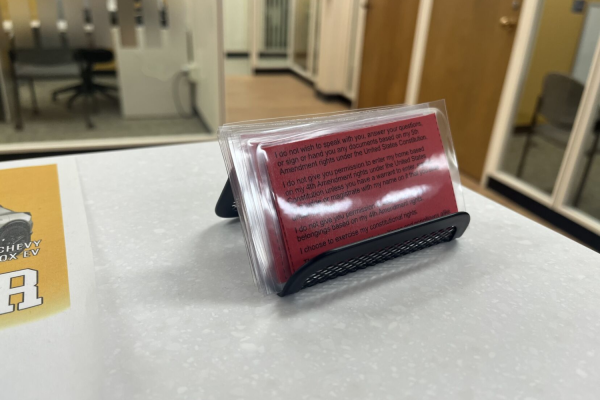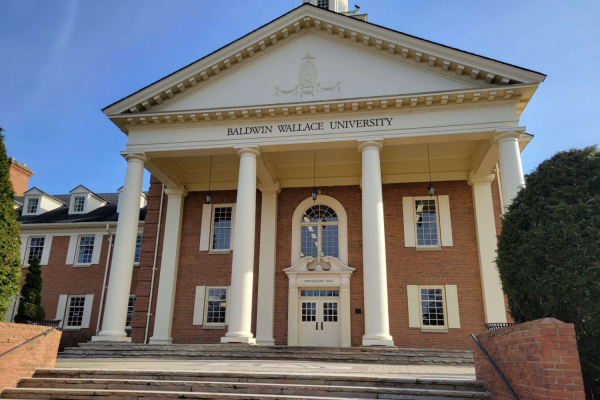University-backed research finds correlation between redline zones, lead contamination in soil
BW students have compiled data suggesting a correlation between redline zones and dangerous lead contamination.
Research by Annette Trierweiler, an assistant professor of environmental science, conducted alongside BW students since fall of 2020, found a statistically significant correlation between the redline zones of the Greater Cleveland area and dangerous lead contamination in soil.
Trierweiler led nine students working on independent projects, as well as over 20 students engaging with this project for course work. The team aimed to test if there was correlation between redlining, which was the process of denying mortgage loans based on the perceived risk of demographic areas, and lead contamination in soil.
“I was interested in the question of whether there was an environmental legacy with the practice called redline,” Trierweiler said, “The practice occurred as a result of the New Deal era where the government would rate the quality of neighborhoods and investments, real estates and mortgages are based off of these [redlined] categories.”
Redlining categorizes areas into zones with grades of A, B, C and D to indicate which communities should be invested in. C and D zones were not invested in, furthering low economic growth. These areas were often comprised of minority communities such as immigrants and people of color, Trierweiler said.
Lead contamination in these areas caused it to become a “food desert,” Trierweiler said. These zones are incompatible with growing fresh produce and often have a shortage of nearby businesses selling fresh and healthy foods, which is an extreme disadvantage since many communities in these areas already suffer from poverty.
These areas also now have low housing rates, and getting the soil tested becomes a landlord issue, despite its effects on the houses current occupants.
The lead in the soil, especially surrounding the houses, is often attributed to lead paint that was used prior to the 1970s, when it was banned. Lack of investment in these older homes with lead paint prevented progress from being made.
For the research, the BW students traveled through the Greater Cleveland area going to individual properties testing the infiltration, compaction and color of the soil. Analyses of composition were conducted on location using a hydrometer, said Rowan Riendfleisch, a junior environmental science major who participated in the research.
After testing in areas such as community gardens, playgrounds and house lots, the research participants returned a letter detailing the quality of the soil, Emmalee Keep, a BW alum involved in the project, explained.
“On a residential level, if there were high levels of lead detected, we would contact whoever was living there [and we would] provide a couple of suggestions [on] how to keep their kids, families and animals safe,” Riendfleisch said.
Research by Annette Trierweiler, an assistant professor of environmental science, conducted alongside BW students since fall of 2020, found a statistically significant correlation between the redline zones of the Greater Cleveland area and dangerous lead contamination in soil.
Trierweiler led nine students working on independent projects, as well as over 20 students engaging with this project for course work. The team aimed to test if there was a correlation between redlining, which was the process of denying mortgage loans based on the perceived risk of demographic areas, and lead contamination in soil.
“I was interested in the question of whether there was an environmental legacy with the practice called redline,” Trierweiler said, “The practice occurred as a result of the New Deal era where the government would rate the quality of neighborhoods and investments, real estates and mortgages are based off of these [redlined] categories.”
Redlining categorizes areas into zones with grades of A, B, C and D to indicate which communities should be invested in. C and D zones were not invested in, furthering low economic growth. These areas were often comprised of minority communities, such as immigrants and people of color, Trierweiler said.
Lead contamination in these areas caused it to become a “food desert,” Trierweiler said. These zones are incompatible with growing fresh produce and often have a shortage of nearby businesses selling fresh and healthy foods, which is an extreme disadvantage since many communities in these areas already suffer from poverty.
These areas also now have low housing rates, and getting the soil tested becomes a landlord issue, despite its effects on the houses current occupants.
The lead in the soil, especially surrounding the houses, is often attributed to lead paint that was used prior to the 1970s, when it was banned. Lack of investment in these older homes with lead paint prevented progress from being made.
For the research, the BW students traveled through the Greater Cleveland area going to individual properties testing the infiltration, compaction and color of the soil. Analyses of composition were conducted on location using a hydrometer, said Rowan Riendfleisch, a junior environmental science major who participated in the research.
After testing in areas such as community gardens, playgrounds and house lots, the research participants returned a letter detailing the quality of the soil, Emmalee Keep, a BW alum involved in the project, said.
“On a residential level, if there were high levels of lead detected, we would contact whoever was living there [and we would] provide a couple of suggestions [on] how to keep their kids, families and animals safe,” Riendfleisch said.
Since food products cannot be grown in soil with lead contamination for safety reasons, the team would provide alternative options for areas where this dangerous substance was present. Options to prevent food from being infiltrated by the lead depend on the severity of the contamination. Some examples of feedback would be to dig up the soil or add raised beds.
Trierweiler and the students did not find traces of lead in soil while sampling from locations on or around playgrounds. Contaminated soil in such an area can be especially dangerous. Ingesting lead is extremely harmful, and there is a possibility of young children putting their hands in the dirt and into their mouths.
Although no students are currently in place to participate during the summer, Trierweiler will continue this project collecting and analyzing data for this project. Continuous questions about soil health, environmental justice, and possible industrial sources of lead urge Trierweiler to stay active in her research.
The Exponent is looking for financial contributions to support our staff and our newsroom in producing high-quality, well-reported and accurate journalism. Thank you for taking the time to consider supporting our student journalists.

